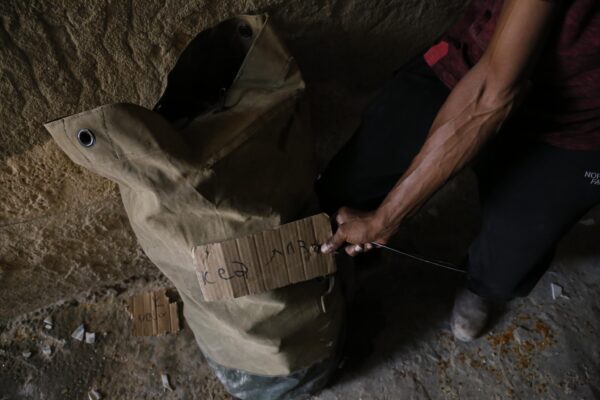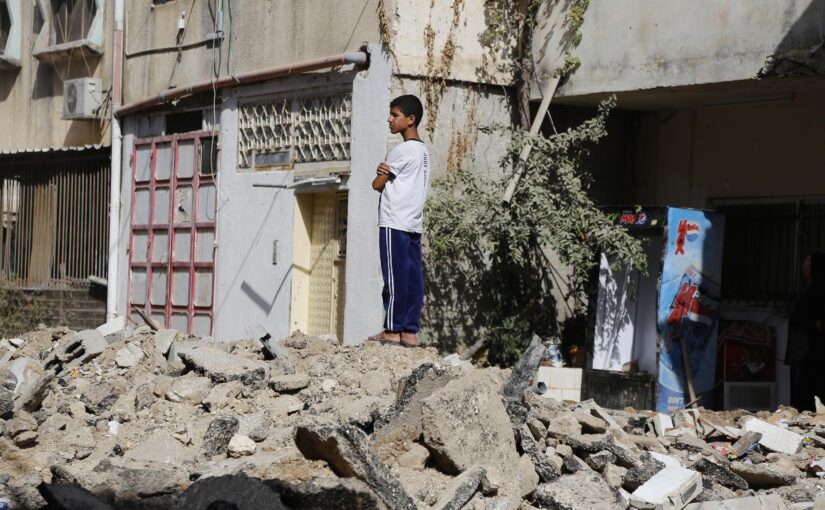Palestine – Northern West Bank
18-Sep-2024
By Diana Kwaelid
For the past two weeks, the Israeli army has been conducting the largest military operation in the northern West Bank, causing the displacement of dozens of families from the Jenin Camp, Nur Shams Camp, and Tulkarem camp. This comes following Israeli calls to evacuate the camps, raising concerns about the repetition of the Gaza scenario in the West Bank.
“Gaza scenario”
Israeli Foreign Minister Yisrael Katz said on August 28 that the threat in the West Bank must be dealt with in the same way as the Gaza Strip, coinciding with the start of the West Bank operation.
Katz explained in a tweet on his X page that the Israeli army is launching an intensive military operation in the Jenin and Tulkarm refugee camps for Palestinian refugees against what he called “the Iranian Islamic terrorist infrastructures that have been established there”.
He added that Iran is working to establish what he described as, “a terrorist front against Israel from the West Bank, based on the Gaza and Lebanon model, by financing and arming saboteurs and smuggling advanced weapons through Jordan.”
Katz also called for a temporary evacuation of the population there, and for any other necessary steps to be taken, justifying this by saying that: “This is a war on everything and we must win it.”
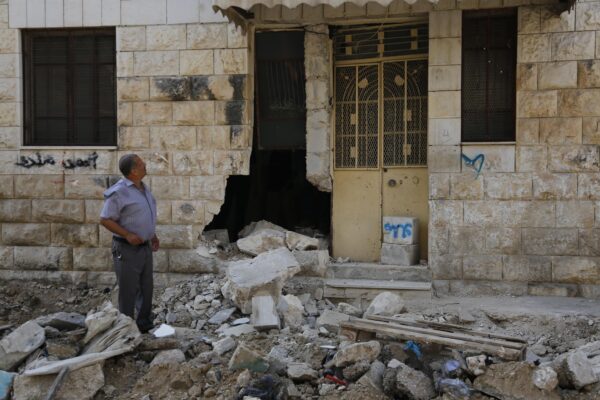
Israel’s grand plan
Since the launch of the large-scale military operation in the northern West Bank, which began on August 28, Israel has aimed at eliminating all Palestinian militants in the camps in the north of the West Bank, to facilitate the access of Israeli settlers to these areas and settle in them, as in the case of Masafer Yatta, the Jordan Valley area in Tubas, the villages of Nablus, Ramallah, and Hebron.
The Palestinian camps in the West Bank, specifically in the North west Bank, are a hotbed of terrorism for Israel.
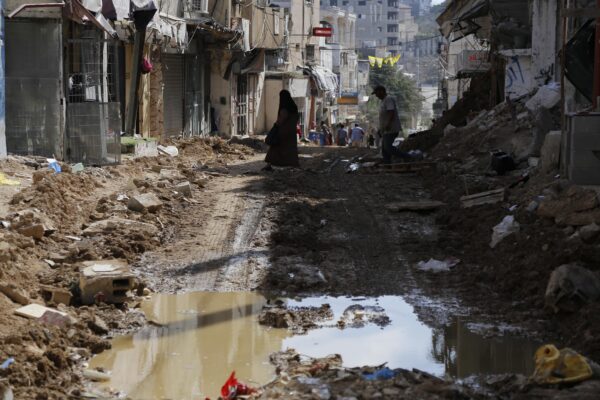
Breaking the popular incubator in the camps
Has Israel succeeded in breaking the popular incubator in the Palestinian camps?
During its military operation two weeks ago, the Israeli occupation forces destroyed the northern West Bank camps and turned them from a vital camp to a place where it is no longer possible to live; the northern West Bank camps have turned into a block of rubble and the infrastructure has been destroyed.
Fortunately, the Palestinians in the camps are aware that Israel’s first goal in destroying the camps, including houses, infrastructure, and shops, is to break the popular incubator and turn the Palestinian civilians living in the camp against the Palestinian fighters who have chosen the path of resistance and defend the camps in every way.
Palestinians from inside Jenin, Nur Shams, and Tulkarem camps who lost their homes and private property had the same opinion.
They said: “The occupation will not make us turn against the resistance, and if they demolish my house, I will build another house better than it.”
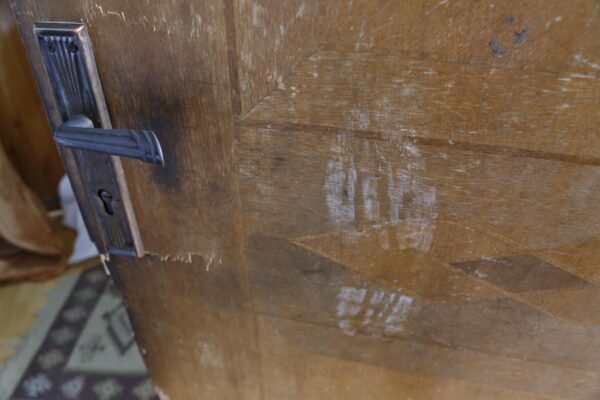
Palestinian camps showcase Palestinian steadfastness
For the Palestinian community, the Palestinian camps are the representation of steadfastness and challenge, because they are Palestinians who have been displaced from Palestinian cities that have been occupied since 1948 to the West Bank, they paid the price for their stay in Palestine, and the occupation continues to pursue them until now in destroying their place of residence in refugee camps.
For the Palestinian refugees in the West Bank camps, Israel has failed in all its attempts and will never succeed in displacing them from the camps. However, there are dozens of families who have emigrated from the camps because of fear for their families and because there are special cases of illness.
